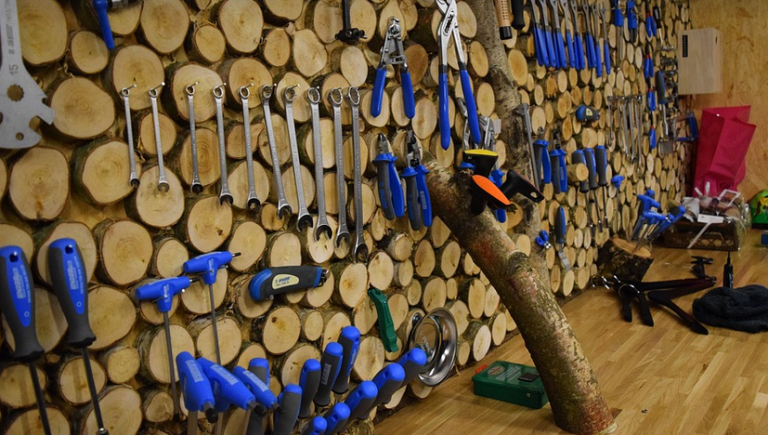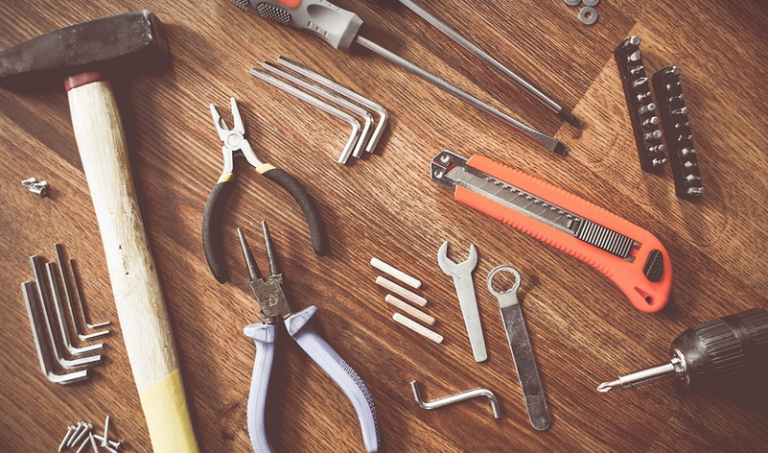
A closer look at the rising costs of energy-efficient living
The past few years have seen a growing awareness of the environmental impact of our everyday choices, pushing us towards more sustainable solutions. One of those pivotal steps has been adopting energy-efficient technologies like heat pumps and air handlers. These systems offer remarkable savings on energy bills while reducing carbon emissions. But as with any major upgrade, understanding the cost implications is crucial before making a decision.
The question of “how much will it cost to replace my old HVAC system?” looms large for homeowners contemplating this transition. While exact costs can fluctuate based on local market conditions and specific component choices, let’s delve into factors influencing replacement costs in 2025.
A Heat Pump’s Efficiency: How Much Can You Save?
Heat pumps, a marvel of modern engineering, offer the benefits of heating and cooling all in one system. They function by transferring heat from outdoor air to indoor spaces during winter months, using less energy than traditional furnaces or air conditioners. In the summer, they can even extract heat from your home for cooling. This efficiency translates into significant savings on operating costs compared to older systems.
Air Handler: The Link Between System and Efficiency
While a heat pump’s prowess lies in its ability to efficiently regulate temperature levels, the air handler plays a vital role. This component is responsible for distributing conditioned air throughout your home. For maximum efficiency, it needs to be properly sized based on your specific space and insulation level.
Factors Influencing Heat Pump and Air Handler Replacement Costs
The price of replacing your HVAC system in 2025 will heavily depend on the following factors:
- Installation Complexity: The layout of your home, wall construction, insulation levels, and existing ductwork all contribute to the complexity. A more intricate installation requires more labor, potentially escalating costs.
- Local Market Dynamics: Demand for energy-efficient systems fluctuates based on local incentives and regulations. These factors can influence pricing in your specific area.
- Brand and Model Choice: Choosing from premium brands or models known for their reliability often comes with a premium price tag. However, these investments may pay off in the long run through reduced maintenance costs and energy savings.
- Incentives and Rebates: Many governments offer tax breaks or rebates when homeowners switch to energy-efficient systems like heat pumps. These incentives can significantly reduce the upfront cost of replacing your old system.
- Energy Efficiency Ratings: The SEER (Seasonal Energy Efficiency Ratio) rating for your new heat pump and the EER (Energy Efficiency Ratio) for your air handler directly impact energy savings and, consequently, the overall project cost. Higher ratings translate to greater efficiency and lower operating costs.
Estimating Your Replacement Costs: A Practical Approach
Before diving into a full replacement, consider these steps to estimate costs more accurately:
- Get Quotes from Multiple HVAC Professionals: Get at least three quotes from reputable companies specializing in heat pump and air handler installations. Compare not just the cost of the system itself but also the labor charges and other related expenses.
- Research Local Incentives: Explore available tax breaks, rebates, or utility programs that might incentivize a switch to an efficient heating and cooling solution. This can significantly reduce your upfront costs.
- Consider Long-Term Savings: Factor in the potential long-term savings on energy bills and maintenance costs when making your decision. A new system with higher efficiency rating may translate into significant cost savings over time.
A well-planned approach to replacing HVAC systems, considering these factors and seeking professional advice, will enable you to make informed decisions for a more sustainable future. As the demand for energy-efficient solutions continues to grow, the availability of advanced technologies and government support will further drive down replacement costs in 2025.



